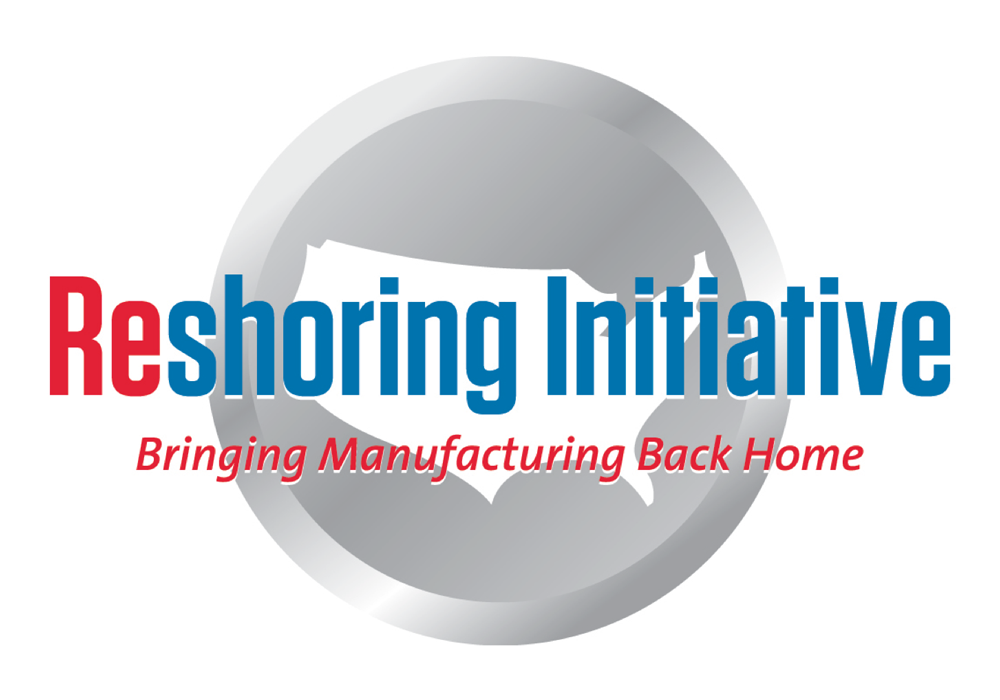Where to Start?
Knowing where to start with reshoring your supply chain begins with reviewing and analyzing how you do things, the parts you make, who you compete with, supply chain risks, costs, and understanding what areas of your operation can be improved.
Technology – Implementing more efficient machining technology such as five axis or multi-axis machines, automation, and machine monitoring software can greatly improve your OEE and present opportunities for improvements. By understanding where your business excels in the market against the competition, you can determine what aspects of your business can be easily reshored to create the biggest impact on your profitability.
Total Cost of Ownership (TCO) – Analyzing TCO helps companies move away from making a decision solely based on price for where to buy or source their materials and production, and instead, look at all relative costs involved. By looking at all the relative costs, manufacturing can see how the costs of labor, freight, packaging, international visits, QA/QC, long lead times, out of stock inventories, intellectual property risks, and supply chain disruptions can greatly increase TCO. Additionally, a study by Oxford Economics has shown China’s labor costs increasing by 10-15% each year for the last 20 years. Increasing labor costs combined with trade tariffs, pandemic shortages, and extended lead times has made U.S. manufacturing significantly more competitive when considering the TCO.
Import Substitution Program (ISP) – A great place to start your reshoring process is with Reshoring Initiative’s Import Substitution Program which helps manufacturers acquire data to identify opportunities to offer their services to importers of internationally made products. The ISP utilizes Reshoring Initiative’s extensive database to acquire names, addresses, imported product types, quantities imported, costs of imports, and names of the offshore suppliers to help U.S. manufacturers lower their TCO to compete and win against offshored competitors. The ISP also helps identify markets and products that are currently unavailable or under produced in the U.S. as another opportunity for manufacturers to fulfill.
By utilizing and focusing on these key areas for improvement, U.S. manufacturers, machine shops, and businesses have the opportunity to reshore their supply chain, bring manufacturing back to the U.S., support and grow our economy, create jobs, stay competitive, and MAKE MORE.
If you’re still unsure of where to start, our industry experts at Ellison Technologies and Reshoring Initiative® are here to help.


